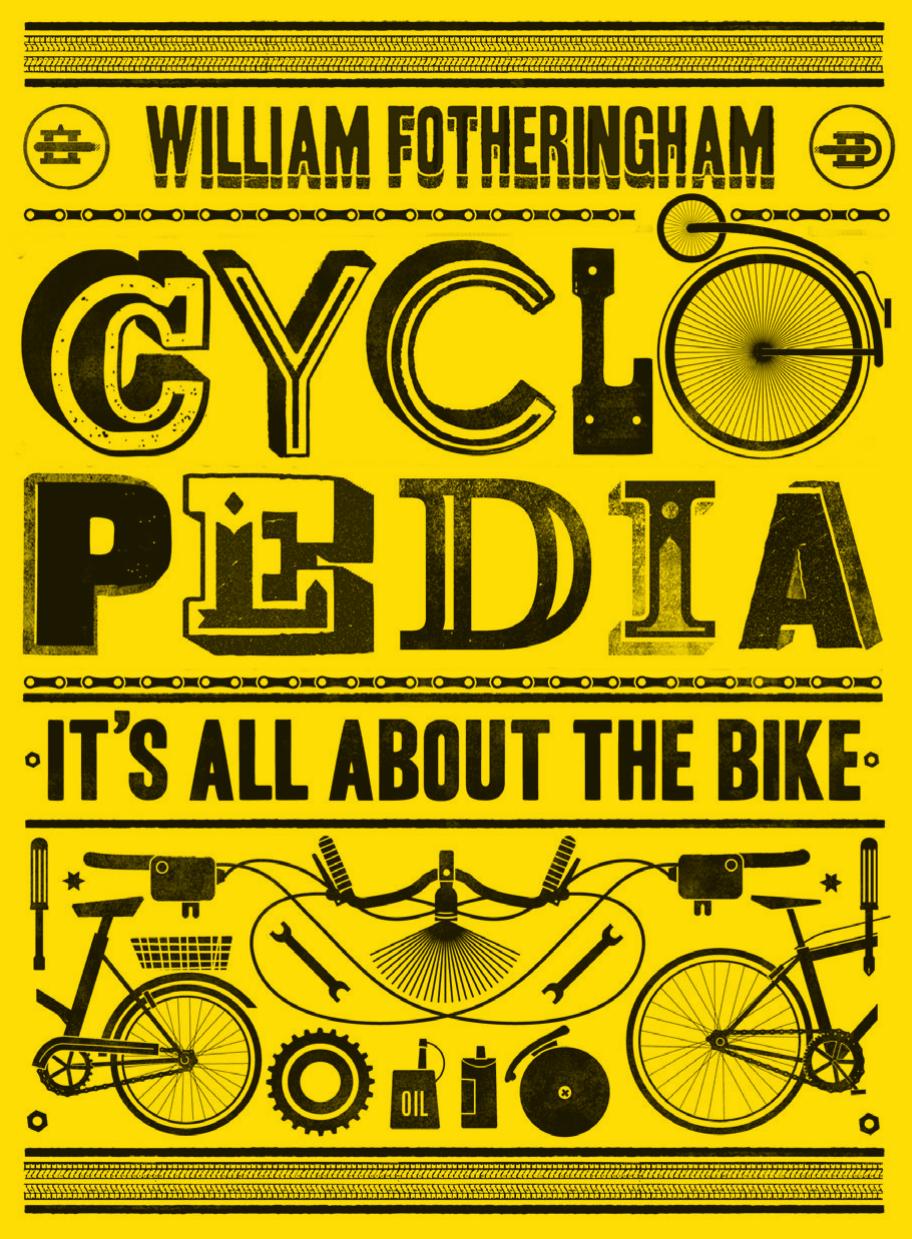Cyclopedia: It's All About the Bike by William Fotheringham

Author:William Fotheringham
Language: eng
Format: mobi, pdf
Tags: Cycling, Reference, Sports & Recreation, General
ISBN: 9781569768174
Publisher: Chicago Review Press
Published: 2011-10-01T00:00:00+00:00
K
KEIRIN Probably the richest form of cycle racing on the planet, this Japanese discipline takes its name from the words for wheel and bet. This is a paced track event in which a group of nine sprinters are led up to finish speed before the pacer pulls off—usual ly with two or two and a half laps to go—so the sprinters can launch themselves for the line. It is the heart of a massive, intricate betting industry that is hugely popular in Japan. The sport was launched there in 1948 and is run by the Nihon Jitensha Shinkokai (National Keirin Association).
Keirin has been part of the world track championships since 1980, and an Olympic discipline since 2000, but with two subtle differences. In the international arena the field is six riders per heat, and the pacing is done by a small motorbike with pedals to supplement the engine, known as a DERNY. In Japan the pacer who takes the sprinters up to launch speed is another cyclist.
In Japan, the riders wear motorbike helmets and body padding, with racing gear in full color depending on their rank. They bow as they enter the arena; the races typically are 2 kilometers, with a bell ringing constantly from 1.5 laps to go. The races are overseen by four judges, each one sitting in a tower on one of the four corners. The most successful keirin winner ever is Koichi Nakano, who also won the professional world sprint championship from 1977 to 1986.
“The top Japanese riders drive Ferraris and Lamborghinis and they’re shocked at how penniless we are,” Scotland’s Olympic medalist Craig MacLean told author Richard Moore in Heroes, Villains and Velodromes. The top-ranked Keirin Grand Prix is worth over $1 million. A select group of foreigners—less than 10—race the circuit each year, but before competing they have to attend keirin school on a campus which has no less than four velodromes. There, the foreigners are fast-tracked but the Japanese entrants have to train and study for up to 15 hours a day. Among the entry criteria, new recruits must have no Yakuza (i.e., organized crime) connections.
As with sumo wrestling, keirin rules are arcane, devised to ensure that races cannot be fixed—the early years of keirin were marred by scandals—and cannot be affected by outside factors, so that racing conditions are perceived as fair by the betting punters. The bikes and equipment have to be made to strict guidelines by a certified builder, and have not changed for 20 years: frames are steel, and wheels have to be 36-spoked.
Download
Cyclopedia: It's All About the Bike by William Fotheringham.pdf
This site does not store any files on its server. We only index and link to content provided by other sites. Please contact the content providers to delete copyright contents if any and email us, we'll remove relevant links or contents immediately.
| Bike Repair | Excursion Guides |
| Mountain Biking |
Shoe Dog by Phil Knight(5088)
The Rules Do Not Apply by Ariel Levy(4804)
Walking by Henry David Thoreau(3865)
How to Read Water: Clues and Patterns from Puddles to the Sea (Natural Navigation) by Tristan Gooley(3377)
Running Barefoot by Amy Harmon(3374)
I'll Give You the Sun by Jandy Nelson(3337)
Crazy Is My Superpower by A.J. Mendez Brooks(3282)
How to Read Nature by Tristan Gooley(3218)
How Music Works by David Byrne(3096)
The Boy, the Mole, the Fox and the Horse by Charlie Mackesy(2939)
The Fight by Norman Mailer(2812)
Seducing Cinderella by Gina L. Maxwell(2585)
Cuba by Lonely Planet(2535)
Accepted by Pat Patterson(2276)
Going Long by Editors of Runner's World(2257)
The Unfettered Mind: Writings from a Zen Master to a Master Swordsman by Takuan Soho(2211)
The Happy Runner by David Roche(2172)
Backpacker the Complete Guide to Backpacking by Backpacker Magazine(2155)
Trail Magic by Trevelyan Quest Edwards & Hazel Edwards(2110)
